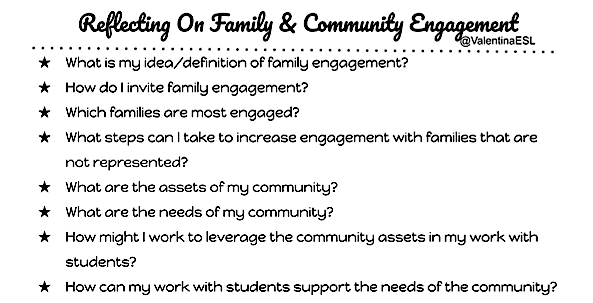Partner with the Families of Your English Learners
A MiddleWeb Blog
 In the early years, students (ELs or not) generally love when their family comes up to school. They look forward to open house so they can show mom, dad, aunt, uncle, sister, brother, grandparents, anyone around the building.
In the early years, students (ELs or not) generally love when their family comes up to school. They look forward to open house so they can show mom, dad, aunt, uncle, sister, brother, grandparents, anyone around the building.
They can’t wait for family to come eat lunch with them in the school cafeteria. It’s the highlight of their day. But then something happens.
As kids grow older, a shift occurs. They no longer invite family to visit school. In fact, they discourage it completely. Kids in the middle grades become increasingly aware of their differences, and many of them work hard to hide those differences for fear of being teased.
For English learners and newcomer students, the differences can be vast. Traditions, accents, clothing, food, spatial proximity, and social norms are just some of the contrasts that English learners and newcomers may face. Often these dissimilarities can lead to embarrassment, especially when students are picked on or bullied for being different.
Who Am I?
Not unlike a typical preteen or teen at this age, many ELs struggle with their identities. I distinctly remember asking myself…Am I American or am I Yugoslavian/American or am I Yugoslavian? And I didn’t quite realize why this was so confusing to me.
The cultural struggle is real. At home, I was immersed in my Yugoslavian culture and traditions. But at school, I felt so much pressure to hide my Yugoslavian self and identify as “American.” So I was essentially left with hybrid identities. My parents were not like my friends’ parents. They didn’t speak like them or do the same things they did, and I noticed. But I didn’t want anyone else to take note.
Family at school…maybe not so cool…
This can make family engagement rather challenging for schools and for families. When students no longer want their family members to come up to the school to participate, volunteer, or learn, it can break down the team (school, student, parent) that is essential for student achievement and success.
Those of us who seek to engage families and communities begin with the recognition that we can’t successfully educate students on our own. Most likely, you are reading this because you already hold this to be true, or suspect that it is.
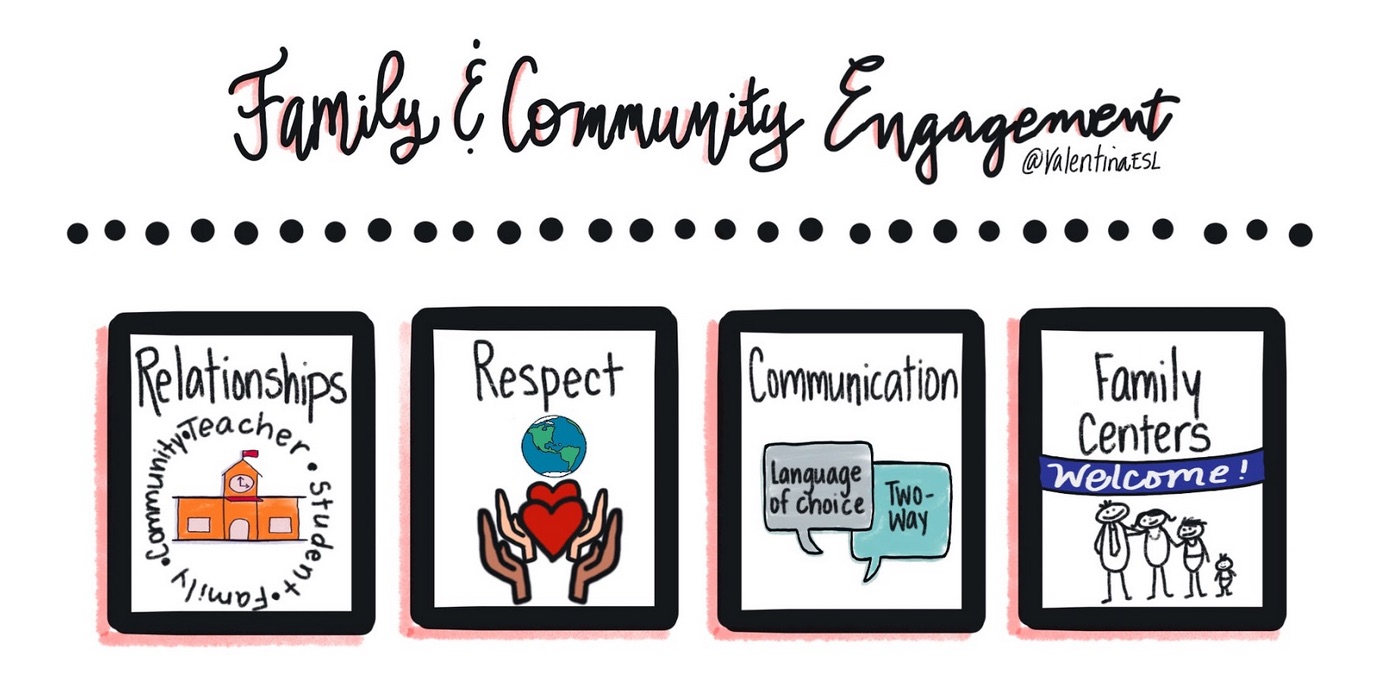
So what do we do? How do we create campuses that are places that unite families, communities, and educators?
1. Relationships
First we can work intentionally to strengthen the relationships we have with ELs and their families. When English learners believe that we truly care about them, who they are, and their success, they trust us. Our students need to know that we are here for them. That’s why we do what we do each day.
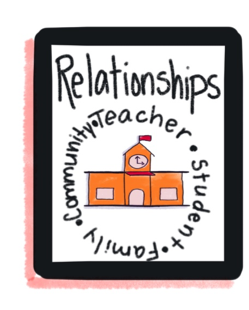
No matter how you do it, remember that even non-verbal communication speaks volumes. How we stand, the way we hold our arms, our posture and proximity, our eyes, and a smile. All of these transcend languages.
Many families are unable to come to the school because of child care or transportation, or because they fear a lack of communication will hinder them. Home visits not only solve those problems but also show families that we care deeply about their child. In addition, visiting a family’s home can provide many answers to questions.
Building relationships with community stakeholders is just as essential. The world around our school can offer excellent real-life learning opportunities for our students. Partnering with local companies can support students, families and educators towards a path to lifelong success. Local companies are often able to provide resources that schools alone cannot.
Utilizing the assets that your community offers allows you to shine a light on the valuable ways all our students and families can contribute to society. Some teachers invite local community members and/or family members to teach lessons or share their knowledge in specific areas. For example, one teacher had a student whose father was a doctor at a local clinic. She invited him to come speak about the dangers of vaping and the importance of taking proper care of your body.
2. Respect

Families of English learners have a lot to offer their children and our schools. They are the biggest experts on their child. Tapping into their expertise and partnering with them to enhance their child’s educational journey will prove beneficial.
However, this means that we have to embrace differences in what family engagement may look like and feel like from culture to culture. Traditional forms of family engagement vary. What you might expect may not be the norm for all families. Being respectful of how each family engages with their child’s education is essential.
As we work to respect families, we can provide them with platforms that will amplify their voices. They are our partners in educating their children and their voice is important. Collaborative practices such as inviting family members to be part of leadership teams on our campuses will give us a new perspective on teaching and learning.
3. Communication
At the beginning of the year, reach out to families and find out what language they prefer to receive communication in. Never assume the language of choice for a family. Once you know, do your best to send home all communication in the language of their choice. Keeping family members involved in their child’s education through language-friendly messaging creates a welcoming environment.
Families that are learning English may need some additional support from us. There are many translation tools available to us now that are getting better and better. Google Translate has improved greatly. TalkingPoints is another one that I like for texting parents in their language.
One of the best things about TalkingPoints is that it allows for transparent two-way communication between families and teachers even when there isn’t a common language. As the homepage says, it’s easy to “reach all your students’ families In their home languages to build strong partnerships” using a web or a mobile app (see these tips).
Prior to meeting with parents, send home questions or discussion points. This will help them prepare in case they need help or want to do any advance research. For instance, if you are planning a parent-teacher conference, contact the family to arrange a time/date. And send them a note (translated if that’s helpful) with the discussion topics. For example:
We will be discussing Bianca’s progress in my class. I would like to share with you her strengths and some areas of growth. We will also talk about goals for the rest of the year and her future. Please feel free to share with me any questions you may have about our class and about Williams Middle School. I will do my best to guide you.
Some teachers include students in conferences as a way to empower student voice and strengthen the link between home and school. Including students in conferences with families sends a message that we are in this journey together. The opportunity provides a place for each key member to hear the same information: this is what is going well, this is where we are headed, here’s what each member can do to help us achieve our goal.
If a translator is necessary find out ahead of time and secure a qualified adult to translate. Avoid using the child or another student to translate. The vocabulary used during the conference may not be “child-friendly” and put stress on the student.
Sustaining communication is essential. Parent-teacher conferences and home visits are excellent, but they should not be something we check off the list and say, “Well, I did that. So I’m finished communicating with that parent. Done.” In many cases, that’s what happens – especially with families of ELs – if educators find ccommunication challenging. Yes, it takes effort, planning, and heart. That’s what we signed up for.
In order to sustain a two-way path of communication, some teachers offer many platforms to meet the needs of all families:
- Texts
- Paper newsletters
- Online newsletters
- Webpage
- Facebook group (closed or private)
4. Family Centers
Family centers are excellent resources for families of ELs. If your district or school doesn’t have one yet, advocate for such a service. A family center is a place where families of ELs can come to:
learn English,
- learn about American schools,
- get plugged into volunteering opportunities in the school system,
- connect with other parents,
- find out about job opportunities,
- learn about the community.
And much more! Effective parent centers provide families of ELs with a voice in the district. They empower families as advocates for their children.
Family centers are also perfect places to plug in community stakeholders. I worked in a district that invited local community partners to visit the family centers often and speak with the EL families about the amenities locally accessible to them.
Physicians, dentists, bankers, officers, legal advocates, local community colleges, business owners, etc. were invited. They shared with families information about job opportunities, health services, housing, financial literacy, state and local laws, and more.
Things change…
It’s inevitable that as kids grow older, they change, and their needs do as well. This requires us to follow suit. Students in middle and upper grades won’t need the same type of family engagement as students in younger grades. Families and educators of older students will need to adjust. On the other hand, both younger and older students need:
- families and educators to work in partnership
- open, warm, and sustained communication between educators and families
- families to be linked to their education
Here are some questions to ask yourself as you reflect on family and community engagement practices:
Additional Resources
WIDA Family Engagement Resources
Harvard GSE: Letting Go, Staying Close (the Teenage Years)
Larry Ferlazzo’s Resources on Parent Engagement
Institute for Educational Leadership: Serve the Whole Child in Community Schools

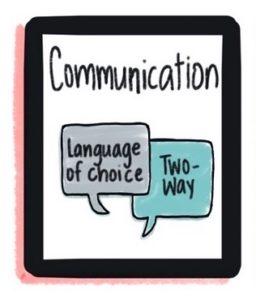
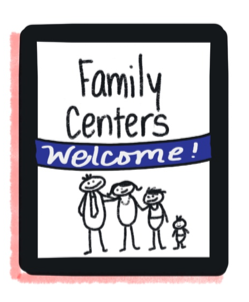 learn English,
learn English,